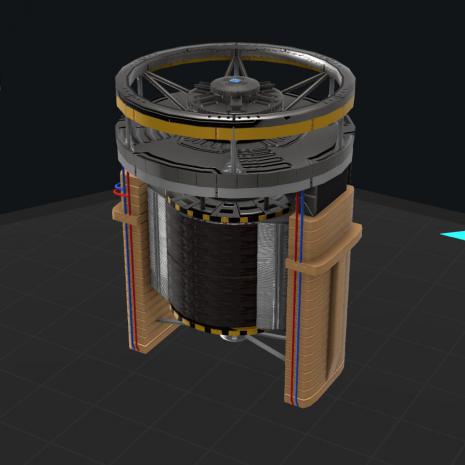
Breaking News
 FULL REPLAY: President Trump Delivers an Address to the Nation - 12/17/25
FULL REPLAY: President Trump Delivers an Address to the Nation - 12/17/25
 MELANIA, the film, exclusively in theaters worldwide on January 30th, 2026.
MELANIA, the film, exclusively in theaters worldwide on January 30th, 2026.
Top Tech News
 This tiny dev board is packed with features for ambitious makers
This tiny dev board is packed with features for ambitious makers
 Scientists Discover Gel to Regrow Tooth Enamel
Scientists Discover Gel to Regrow Tooth Enamel
 Vitamin C and Dandelion Root Killing Cancer Cells -- as Former CDC Director Calls for COVID-19...
Vitamin C and Dandelion Root Killing Cancer Cells -- as Former CDC Director Calls for COVID-19...
 Galactic Brain: US firm plans space-based data centers, power grid to challenge China
Galactic Brain: US firm plans space-based data centers, power grid to challenge China
 A microbial cleanup for glyphosate just earned a patent. Here's why that matters
A microbial cleanup for glyphosate just earned a patent. Here's why that matters
 Japan Breaks Internet Speed Record with 5 Million Times Faster Data Transfer
Japan Breaks Internet Speed Record with 5 Million Times Faster Data Transfer
 Advanced Propulsion Resources Part 1 of 2
Advanced Propulsion Resources Part 1 of 2
 PulsarFusion a forward-thinking UK aerospace company, is pushing the boundaries of space travel...
PulsarFusion a forward-thinking UK aerospace company, is pushing the boundaries of space travel...
 Dinky little laser box throws big-screen entertainment from inches away
Dinky little laser box throws big-screen entertainment from inches away
 'World's first' sodium-ion flashlight shines bright even at -40 ºF
'World's first' sodium-ion flashlight shines bright even at -40 ºF
Nearterm 10X Aerogel Fission Fragment Rocket Will Lead to Interstellar Capability

A nuclear fission fragment rocket engine (FFRE) that is exponentially more propellent efficient than rocket engines currently used to power today's space vehicles and could eventually achieve very high specific impulse (>100,000 sec) at high power density (>kW/kg). A new NASA NIAC (NASA Innovative Advanced Concepts) project is creating a buildable near term design for a nuclear fission fragment rocket. It would enable manned mission to Mars with 90 day travel times. The fission fragment system would give experience in a technology which could eventually enable interstellar rockets with speeds of 10% of the speed of light.
Current proposed designs for Fission Fragment Rocket Engines are prohibitively massive, have significant thermal constraints, or require implementing complex designs, such as dusty plasma levitation, which limits the near-term viability. Researchers propose to develop a small prototype low-density nuclear reactor core and convert the nuclear energy stored in a fissile material into a high velocity rocket exhaust and electrical power for spacecraft payloads.
The key improvements over previous concepts are:
1. Embed the fissile fuel particles in an ultra-low density aerogel matrix to achieve a critical mass assembly
2. Utilize recent breakthroughs in high field, high temperature superconducting magnets to constrain fission fragment trajectories between moderator elements to minimize reactor mass.

 The Prime Directive is Evil
The Prime Directive is Evil
 Don't Worry About Bitcoin
Don't Worry About Bitcoin

